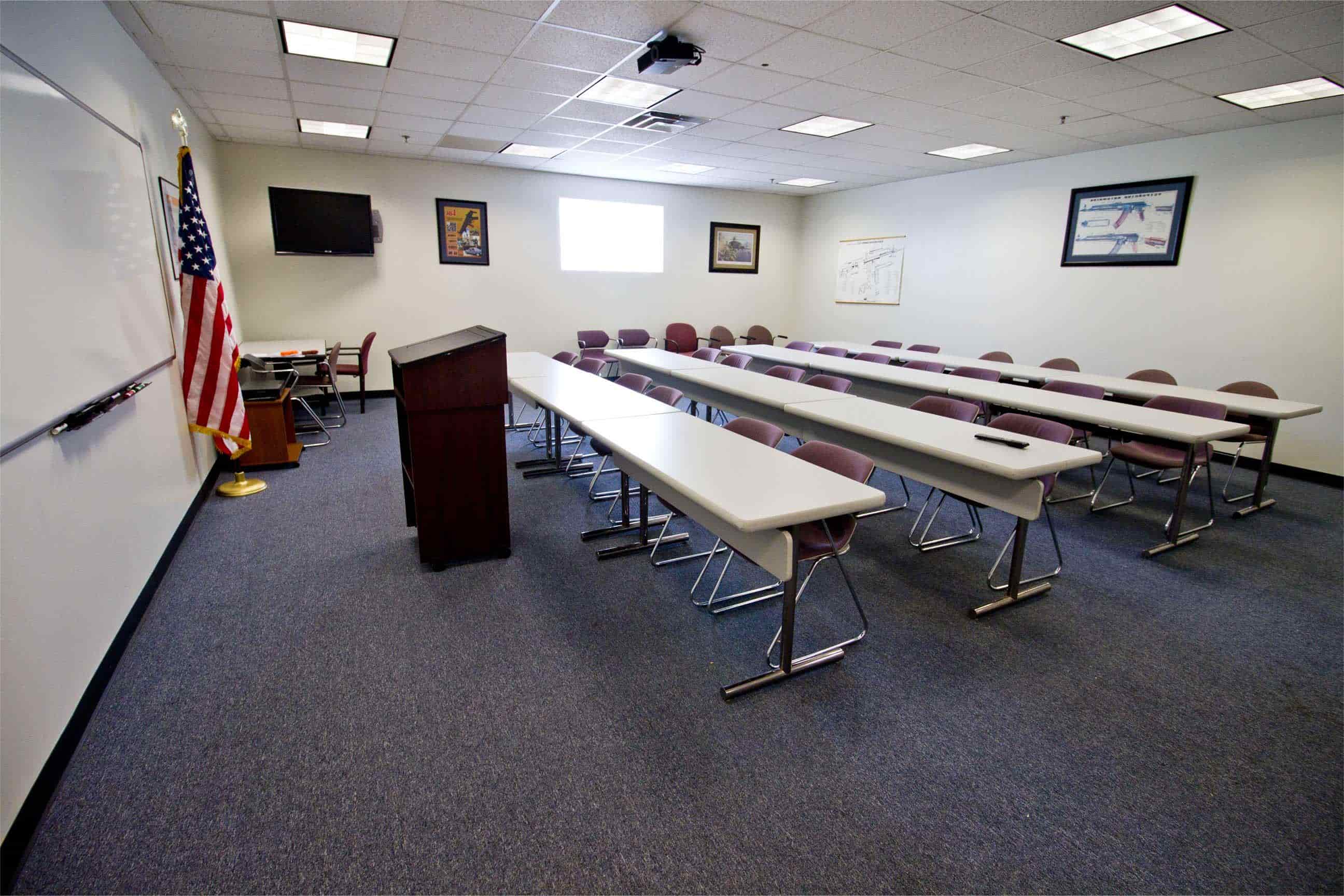
Classroom management can make or break a learning environment. Ever wondered why some teachers seem to have everything under control while others struggle? Effective classroom management isn't just about keeping students quiet; it's about creating a space where learning thrives. From setting clear expectations to using positive reinforcement, there are countless strategies to explore. Did you know that a well-managed classroom can significantly boost student achievement? Or that the physical layout of a room can impact student behavior? Whether you're a seasoned educator or just starting, understanding the nuances of classroom management can transform your teaching experience. Ready to dive into some surprising facts? Let's get started!
The Evolution of Classrooms
Classrooms have changed dramatically over the years. From one-room schoolhouses to modern digital learning environments, the journey has been fascinating.
- The first public school in America was established in 1635 in Boston, Massachusetts.
- In the 19th century, classrooms often had students of all ages learning together in a single room.
- The blackboard, invented in the early 1800s, revolutionized teaching by allowing teachers to present information visually.
- By the mid-20th century, overhead projectors became a staple in classrooms, making it easier to display notes and diagrams.
- The introduction of personal computers in the 1980s began the shift towards digital learning.
Classroom Design and Layout
The way classrooms are designed can significantly impact learning. Let's look at some interesting facts about classroom layouts and their effects.
- Traditional classrooms often use a "row and column" layout, which can limit student interaction.
- Modern classrooms favor flexible seating arrangements to encourage collaboration and engagement.
- Research shows that natural light in classrooms can improve student performance and well-being.
- Classrooms with colorful walls and decorations can stimulate creativity and make learning more enjoyable.
- Open-plan classrooms, which lack traditional walls, aim to foster a sense of community and shared learning.
Technology in the Classroom
Technology has become an integral part of education. Here are some facts about how tech is transforming classrooms.
- Interactive whiteboards, introduced in the late 1990s, allow teachers to create dynamic lessons with multimedia content.
- Tablets and laptops are now common in classrooms, providing students with access to a wealth of information and learning tools.
- Virtual reality (VR) is being used to create immersive learning experiences, such as virtual field trips and science simulations.
- Educational apps and games make learning fun and interactive, catering to different learning styles.
- Online learning platforms enable students to access courses and resources from anywhere in the world.
Classroom Management and Discipline
Managing a classroom effectively is crucial for creating a positive learning environment. Here are some facts about classroom management and discipline.
- The "time-out" method, where students are temporarily removed from the group, is a common disciplinary technique.
- Positive reinforcement, such as praise and rewards, can motivate students to behave well and participate actively.
- Classroom rules and routines help establish a sense of order and predictability, making students feel secure.
- Peer mediation programs train students to resolve conflicts among themselves, promoting a peaceful classroom atmosphere.
- Teachers often use seating charts to manage classroom behavior and ensure that students are focused on their work.
Diverse Learning Needs
Classrooms are home to students with diverse learning needs. Here are some facts about how schools accommodate these differences.
- Special education programs provide tailored support for students with disabilities, ensuring they receive a quality education.
- Gifted and talented programs offer advanced coursework and enrichment activities for high-achieving students.
- English as a Second Language (ESL) programs help non-native speakers develop their language skills and succeed academically.
- Inclusive classrooms integrate students with and without disabilities, promoting understanding and acceptance.
- Differentiated instruction involves tailoring lessons to meet the individual needs of each student, making learning more effective for everyone.
Classroom Facts: The Final Bell
Classrooms are more than just four walls. They’re dynamic spaces where learning and growth happen daily. From the history of chalkboards to the impact of technology, classrooms have evolved significantly. Teachers play a crucial role, often going beyond the call of duty to ensure students succeed. Students bring their own unique energy and perspectives, making each classroom experience different. Classroom design and resources also play a huge part in shaping the learning environment. Whether it’s the use of interactive whiteboards or the arrangement of desks, every detail matters. Understanding these facts helps us appreciate the complexity and importance of classrooms in our educational system. So next time you step into a classroom, remember, it’s not just a room; it’s a place where futures are built.
Was this page helpful?
Our commitment to delivering trustworthy and engaging content is at the heart of what we do. Each fact on our site is contributed by real users like you, bringing a wealth of diverse insights and information. To ensure the highest standards of accuracy and reliability, our dedicated editors meticulously review each submission. This process guarantees that the facts we share are not only fascinating but also credible. Trust in our commitment to quality and authenticity as you explore and learn with us.
